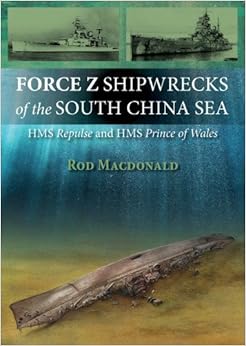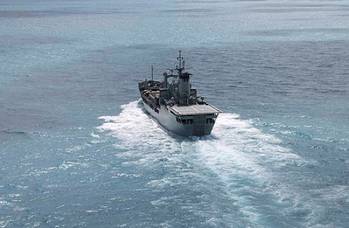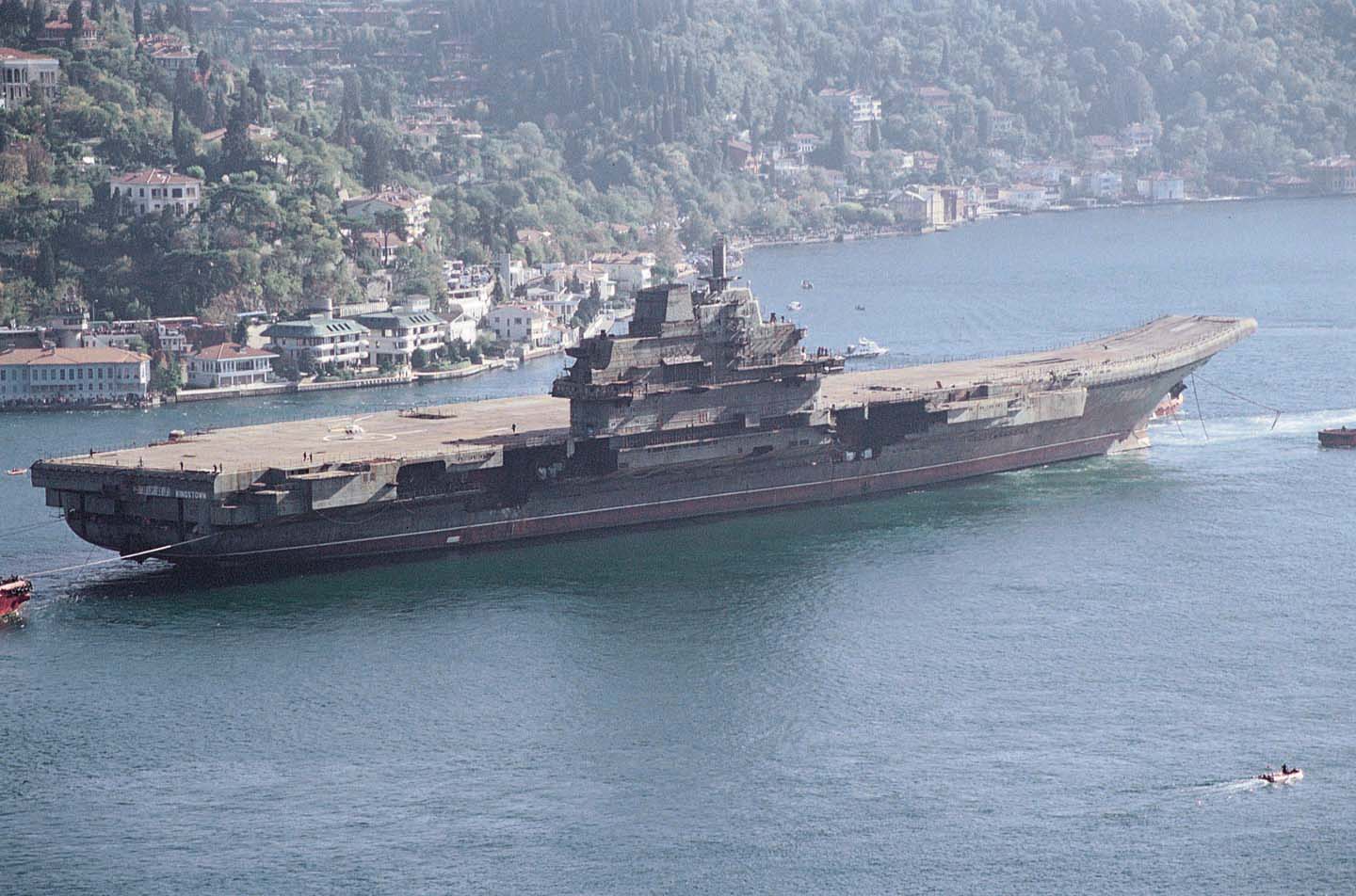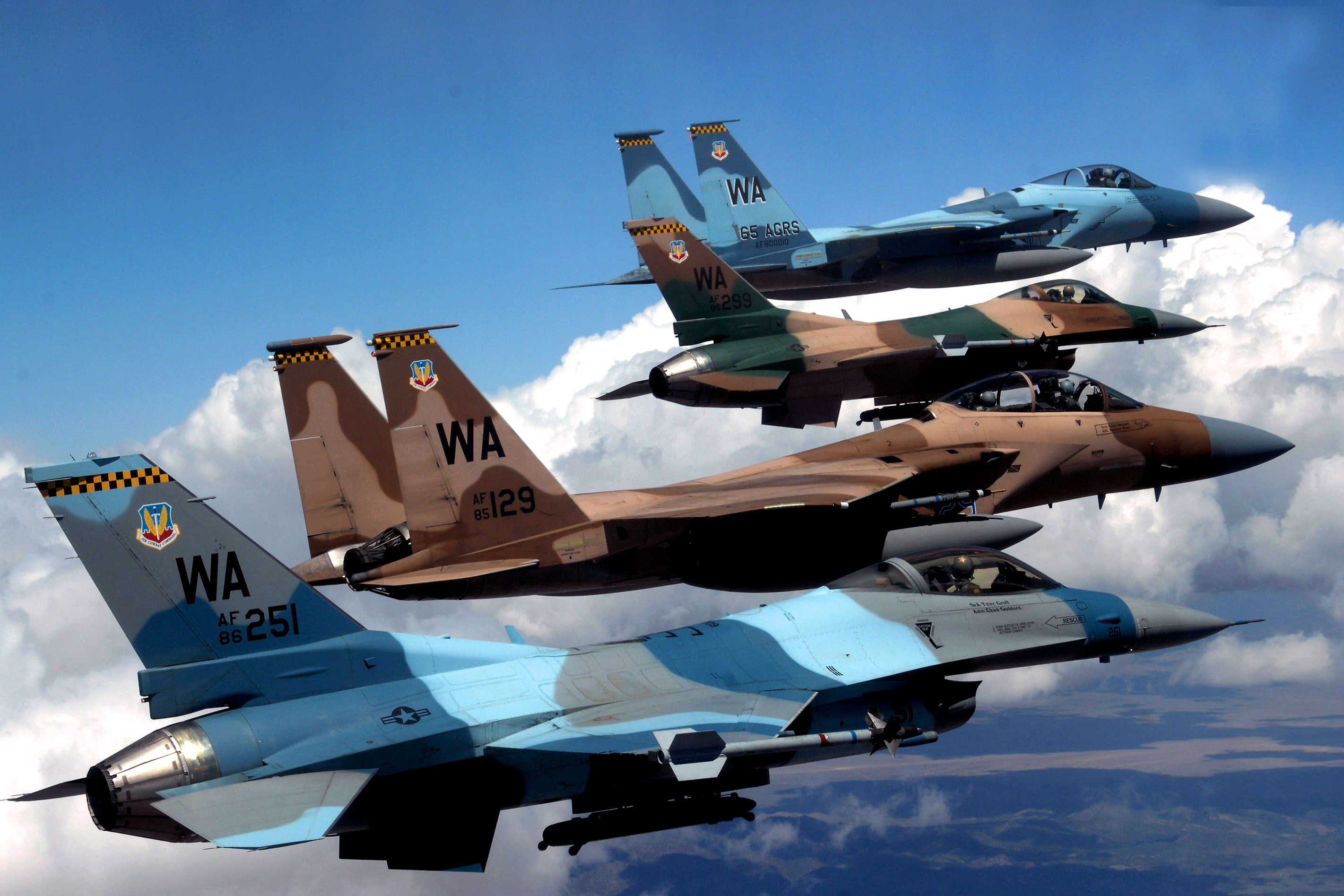Japan, Once Great Britain's Attentive Naval Student Dealt The Royal Navy A Stunning Blow Three Days After Pearl Harbor
American Admiralty Books Safety & Privacy Policies EU VISITORS WARNING POSSIBLE COOKIES AHEAD
 |
| Click on the smaller book cover icon at the end of the review for more information |
We were drawn to the book because of all of the naval unrest in the South China Sea region which we take such pains to cover because of the lack of interest and understanding in the American general news media ("infotainment industry"). We have to acknowledge that sometimes our coverage might leave the reader with the impression that the South China Sea is not open to tourism. In fact it very much is. Serious shooting has not started yet. The area is full of great diving destinations and facilities. We would not recommend basing a diving vacation out of China since they are the source of the tensions and show no restraint. If open hostilities were to break out, tourist from the English speaking world could find themselves incarcerated as enemy aliens. By contrast, it should be relatively easy to get back home from most of the other nations surrounding the South China Sea, especially the Philippines. Tourist/dive facilities will be back up and running shortly in the Philippines. We urge Americans and other English speaking recreational divers to consider the Philippines as a vacation destination. However we are digressing from the book review.
This book is neither a comprehensive wreck diving guide, nor a complete history of the wrecks, it would be inadequate as a single reference for planning a safe wreck dive on these ships. The book is a little bit of both and more. Unfortunately, it is a bit too little on both scores. We have to give it at best a ":C+" for organization and "B-" for some of the narrative and prose, with the notable exception of the description of the sinking of the PRINCE OF WHALES and the REPULSE. which was actually a "cracker jack job". A "C " for editing would be a bit generous but we often fall short on that score ourselves. The illustrations of the wrecks rate a clear "A" grade. So why do we recommend at all a book that we find falls short of its stated goals and rates rather mediocre grades for parts of its construction? We recommend this book to a rather specific audience because despite its flaws it is unique and seminal. It is a first treatment of its kind and provides a unique perspective. If anyone writes about these two ships either historically or as wrecks in the future they will benefit from reference to this book early in their research. This book is an excellent starting place for research into the these two ships and their loss. We don't predict that it will become a best seller, but we do predict that it will be a much cited reference well into the future. The serious student of British naval history, the South China Seas, or wreck diving will appreciate reading it and want to keep it for future reference.
The loss of the HMS PRINCE OF WHALES and HMS REPULSE three days after Pearl Harbor was a major event in the early days of the Pacific war. The loss stunned the Royal Navy as it was administered by her former student , Japan and it helped set conditions for the rapid collapse of British resistance in the Far East. The loss of these two war ships is bound to generate at least passing mention in historical accounts of many aspects of the collapse of British resistance in the Far East in the opening days of the Pacific Theater of Operations in World War Two. Sometimes very useful and necessary books are not particularly well written or edited, but they serve and endure because they are the first to address a particular subject from a unique angle, serve as a beacon for more academic authors and better editors to follow , and store for ready reference vital information. Anyone who has watched the continuing evolution of American Admiralty Books can appreciate that we have not perfected our system of information storage and retrieval. However we never cease trying to improve it even as we continue to gather information. In our view, and that of most professional researchers some organization of vast collections of data is better than none. Data organization of important but relatively rarely used data tends to evolve over time. Organization has to start somewhere. We appreciate early, even if imperfect efforts. When it comes to the organization of the complete body of English language maritime information, we are such an effort. Come back in a decade though and watch not only the growth in content, but also organization. We appreciate this book , warts and all. For more information or to order the book click on the book cover icon below:
The Diving Guide to Southeast Asia was written pre Tsunami, pre typhoon and was a bit dated even before these events. But we could not find another guide published after the recent natural upheavals in the region which obviously would have an effect on the dive related businesses listed. But if you can snag a used volume for Under $11 all of the listed businesses and dive resorts etc. are definitely not out of business, many on going concerns today in the region maintain web sites, this volume might be a useful tool getting your research on a diving vacation in the region started. Again we urge our readers to give the Philippines a shot at your business. They are our staunch friends and could really use the trade right now. Please don't give your business to China, the Dragon is putting its Western driven profits to ill use building a giant navy to take territory from our friends in the region. The Dragon's efforts are delaying the economic development of the entire region. Why fund a regional wrecking ball? Your spending in the Philippines is circulated in a rebuilding democracy, free market economy, and constructive regional community member.













